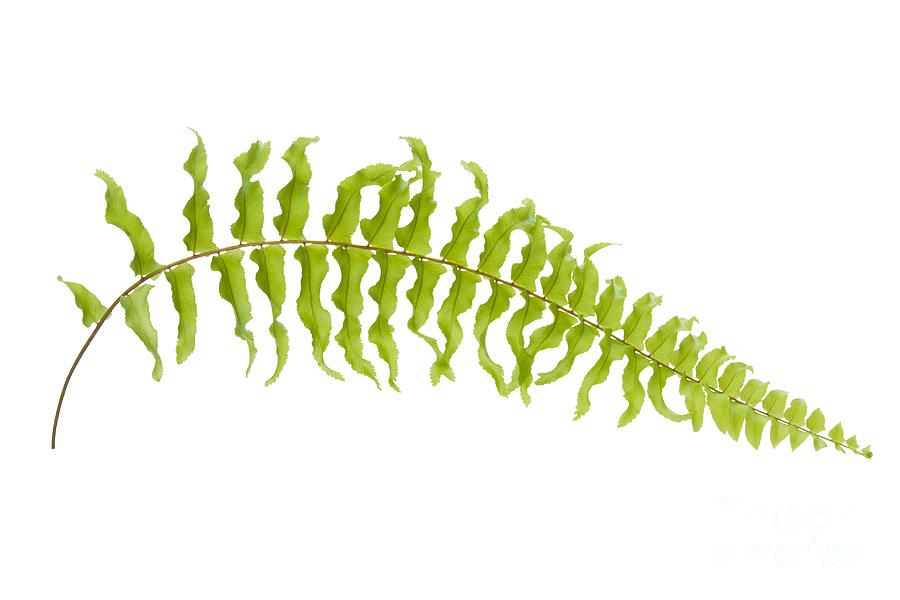bracken fern spores
Fern spore extracts can damage DNA The carcinogenicity of the vegetative tissues of bracken fern Pteridium has long been established. Due to changes in farming practices over the past hundred years bracken has proliferated and now it sprawls across much of Scotland and northern Britain.

Anyuyskiy Volcano Earth As Art 60 X 55 Cm Paper Laminated In 2022 Volcano Aerial Photograph Earth
Small sections of the roots can regenerate and therefore should not be used in the compost.

. Spores are produced in a nearly unbroken line along the edges of the leaflets where they are covered by the folded-under leaflet margins. This can vary in different years and across different locations. The front garden is undergoing a redesign at the moment but the ferns and primroses will be staying.
By plant parts Rhizomes spread out from a parent plant when new shoots grow up from the rhizomes. Bracken produces numerous spores but these seldom seem to germinate and grow in the compost heap. Spore production varies from year to year depending on plant age frond development weather and light exposure.
Young bracken fern plants produce spores by the end of the third or fourth growing season. Spores are spread by the wind and germinate in moist sheltered situations. Both vegetative tissues and spores of bracken can induce adducts in DNA in animal tissues but the possible.
Bracken produces spores of approximately 30 micrometres in diameter8that are cata- pulted into the air between mid-August and mid-to-late September9Spore yield varies from year to year10A number of years with few or no spores being produced will be followed by a year with exceptionally high spore yield a mast year. Spores are produced JulySeptember. Production decreases with increasing shade.
More recently the carcinogenic effects of the spores of bracken have also been recognized. Ptaquilosidea carcinogenic chemical is found in both the bracken fern and its spores. Dead bracken collected in autumn can be rotted down to make mulch in the same way as tree leaves are collected and rotted down to make leafmould.
Huge collection amazing choice 100 million high quality affordable RF and RM images. Its actually a Pteridophyte which means that though it has vascular tissue like other plants it reproduces by spores rather than seeds. For a long time scientists have known that.
It has been shown that the spores can cause cancer in mice and bracken has been linked to bladder and intestinal cancer in cattle and horses as well as a number of diseases in other farm animals. Large green with triangular fronds which are divided and alternate down the stem. This can vary in different years and across different locations.
Bracken fern produces spores that are usually dispersed in late summer to autumn. The small ones have grown from spores from the large fern over 3 years. I havent decided yet whether to split up the young ones.
Spread Infestations of bracken spread locally through the hardy persistent root system. Bracken is the largest of our native ferns. No need to register buy now.
A single fertile frond can produce 300000000 spores annually. Spores germinate in moist sheltered situations. Both vegetative tissues and spores of bracken can induce adducts in DNA in animal tissues but the possible genotoxic or carcinogenic effects of.
Wear long-sleeved shirts and trousers preferably brightly coloured ones so that any ticks that jump. Find the perfect bracken fern spore stock photo. THE SPORE LAWS DO Wear a face mask near bracken beds from late August to early October.
The big frond shows the spores on the reverse. A single frond of bracken can release up to several grams of spores in. In addition fern spores might represent a hazard for human and animal health Rasmussen et al.
Two subspecies of bracken occur in Missouri. 2 PRIMEFACT 730 BRACKEN FERN Bracken spores are produced and usually dispersed in late summer to autumn. A new frond about to unfurl.
In areas where bracken grows easily inhaled spores might be trapped in the respiratory tract or alternatively they might become trapped in the mucus of the nasopharynx and then be swallowed. They mostly share the same distribution and habitat preferences and there are plenty of intermediate specimens. It has also linked to human gastric cancer where people particularly children eat dairy products.
There are 3 or 4 young ones.

Cinnamon Fern Florida Native Plants Native Plants Plants

Southwest Colorado Wildflowers Pteridium Aquilinum Native Plant Gardening Colorado Wildflowers Southwest Colorado

Lady Fern Athyrium Filix Femina Sgm Lady Fern Ferns Plants

Green Fern Close Up Background Backgrounds Free Stock Photos Background

Bracken Fern Spores Fern Spores Native Plants Ferns

Athyrium Angustum Northern Lady Fern Go Botany Plants Lady Fern Best Plants For Shade

Lemon Button Fern Fern Plants Garden Design Plants

Dryopteris Affinis Leaf Winterhart Farn

Small Fern Ferns Habitats Nature

Pin By Jocelynliu On Sentences And Phrases Small Plants Vascular Plant Plants

Birches Scenery Scotland Tours Photo Tree

Bracken Fern Print 32a Pressed Fern Frond Botanical Print Etsy Botanical Prints Fern Prints Botanical Artwork

Autumn Fern Love These Autumn Fern Shade Plants Woodland Plants

Soft Shield Fern Polystichum Setiferum Uk Helechos Hojas

Chain Fern Florida Native Plants Native Plants Plants





Comments
Post a Comment